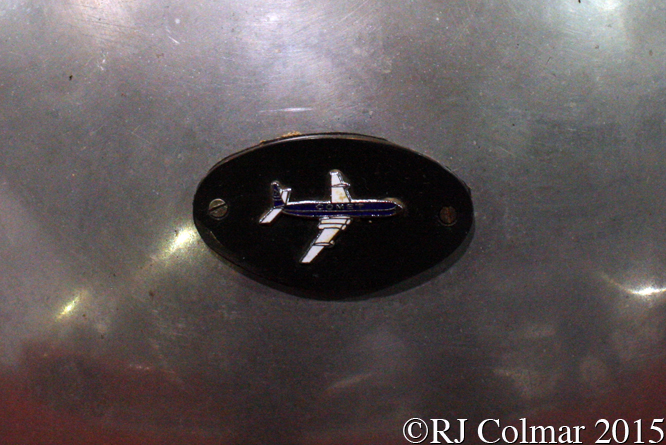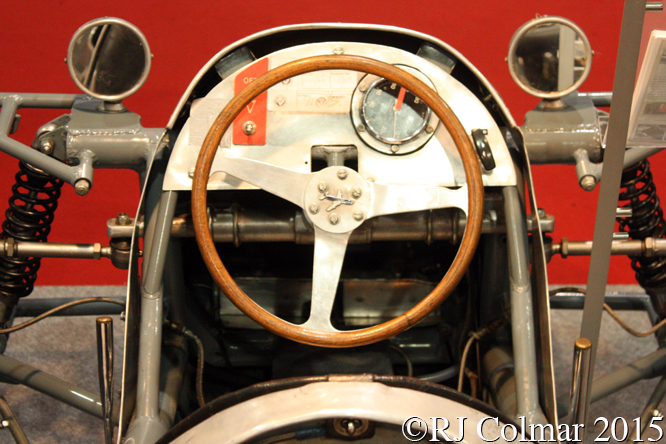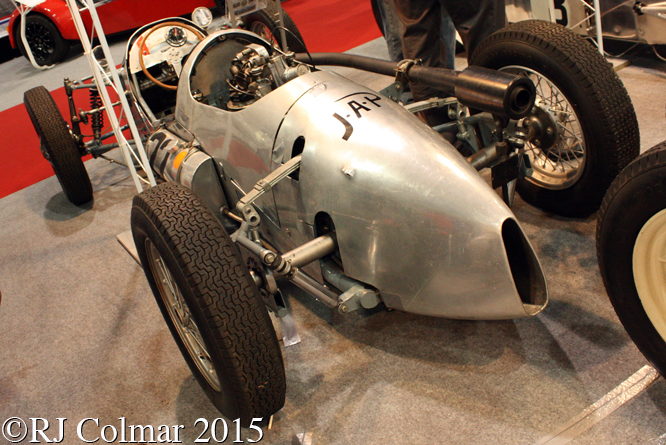After a brief and unsuccessful attempt at hillclimbing in a Marwyn 500 Swansea born Cyril Kieft ended up buying the Marwyn company when it folded.
8 or 9 Kieft Mk 1’s incorporating Marwyn parts and ideas were manufactured for the 1950 season with the works teams greatest achievement being the capture of 13 records in the 350cc and 500 cc class at Monterey using Norton Engines and with Stirling Moss, Ken Gregory (Moss’ manager) and Jack Neill doing the driving.
Stirling and Ken had plans to build their own 500 Formula 3 car to beat the predominant Coopers for 1951, but were short of finance.

When they approached Cyril with the idea of employing Ray Martin to design and build a car to Stirling’s specifications Cyril agreed and with Stirling aged just 21 and Ken as co directors Kieft Car Construction Ltd, a new entity, was founded in Wolverhampton.
The CK51 with a Norton engine was an immediate success with Moss scoring a debut win, 27 seconds ahead of Alan Brown’s Cooper Mk V at Goodwood in May 1951, unfortunately Stirling’s growing list of commitments elsewhere meant the main beneficiary of the new Kieft would be Don Parker.
After testing Stirling’s prototype Kieft Don bought a Kieft CK51 and incorporated many of his own idea’s into it. With his personalised Kieft Don won the 1952 Autosport Formula 3 Championship, Light Car Challenge and Veterans Trophy and the national title again in 1953 missing out on a hatrick by just one point to Les Leston in 1954.
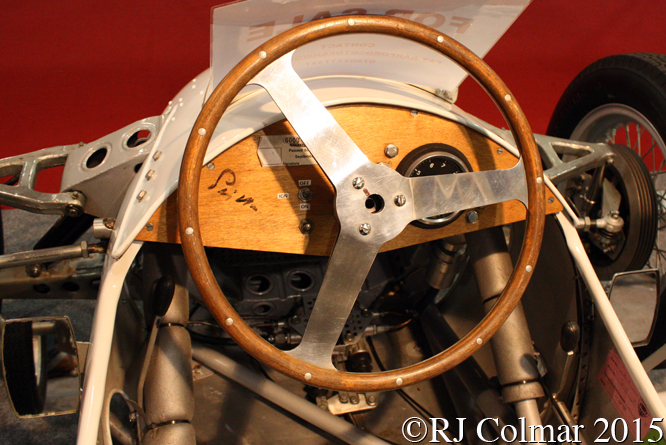
Ironically while Don Parker was clocking up 30 wins during the 1953 season Stirling concluded that the Cooper Mark IV was a better bet than the Kieft CK52, like the one seen in these photographs, and he resigned as director of Kieft as a result.
This particular car was sold to Dick Irish of Cleveland Ohio who raced it to numerous victories the most notable of which was the Brynfan Tyddyn Challenge Cup run over a road course north of Wilkes-Barre, Pennsylvania.
Kieft moved on to building Formula 2 cars in 1953 and aborted Formula One project intended for the 1954 season.
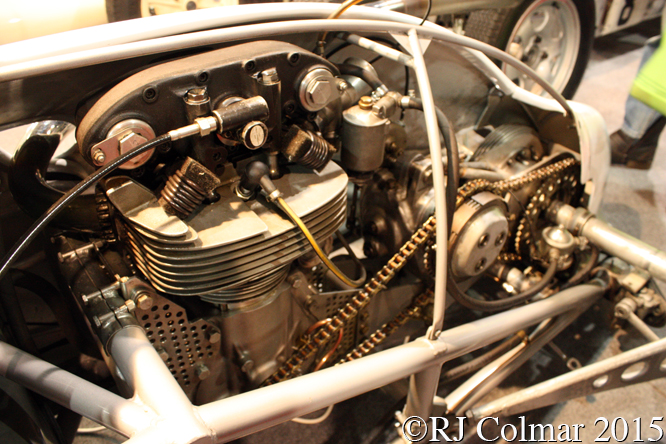
Don Parker kept faith with Kieft until 1956 when he too inevitably bought a Cooper.
Today’s featured car returned to the UK in 2005 and after it was restored was raced by Nigel Ashman who drove it to the 500cc Owners Association Club Championship title in 2010.
Thanks for joining me on this “Brynfan Tyddyn Winner” edition of “Gettin’ a li’l psycho on tyres”, I hope you will join me again tomorrow. Don’t forget to come back now !


